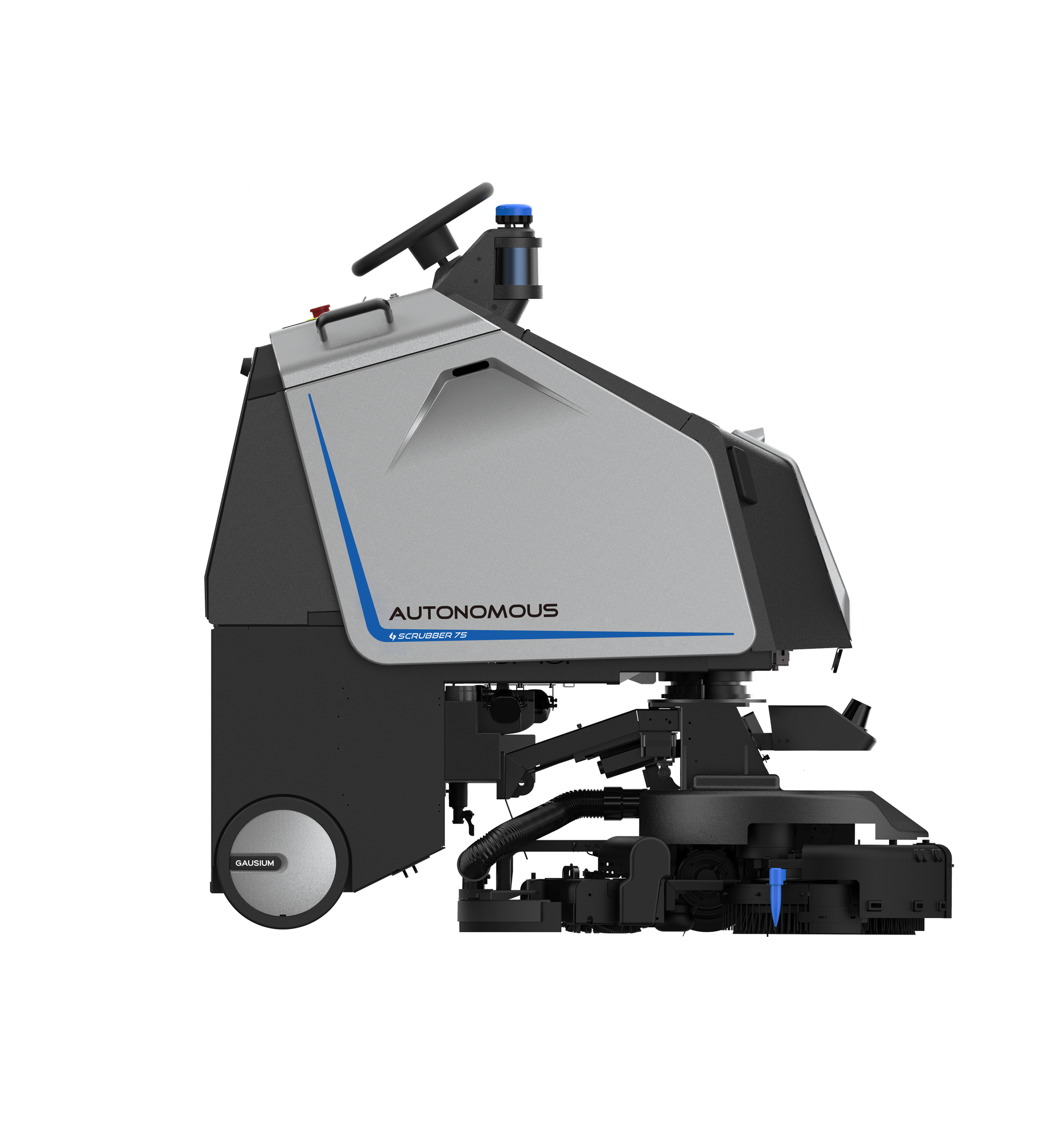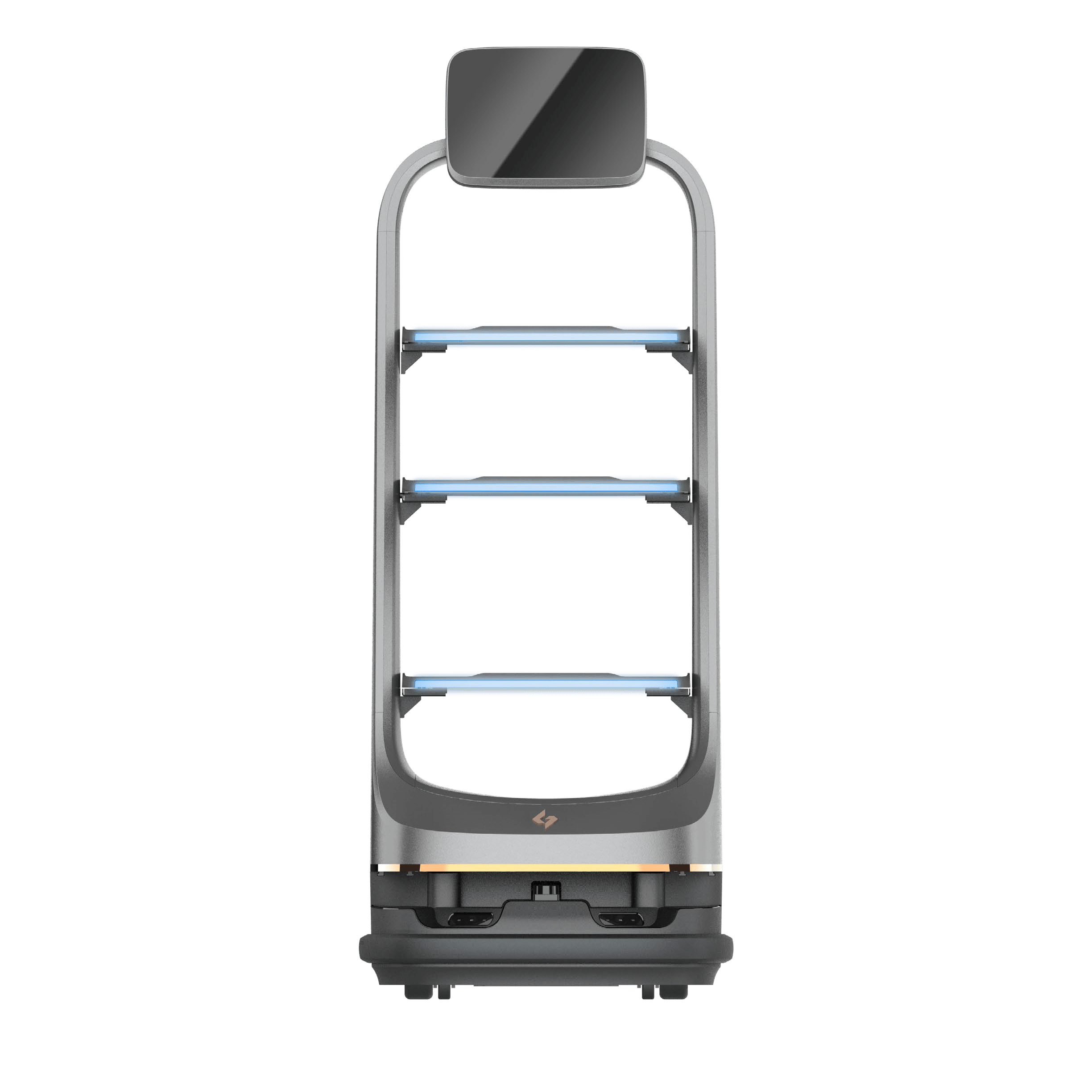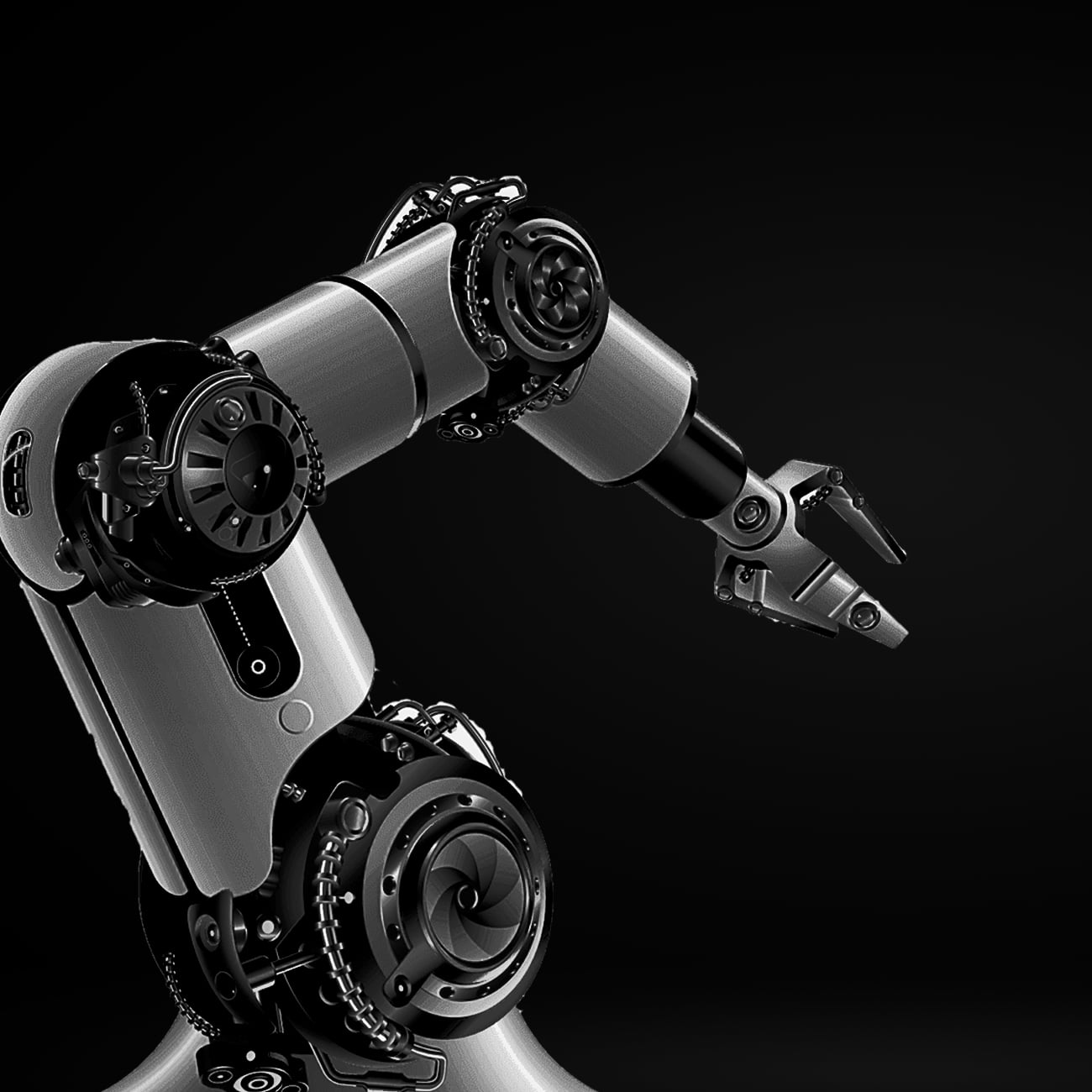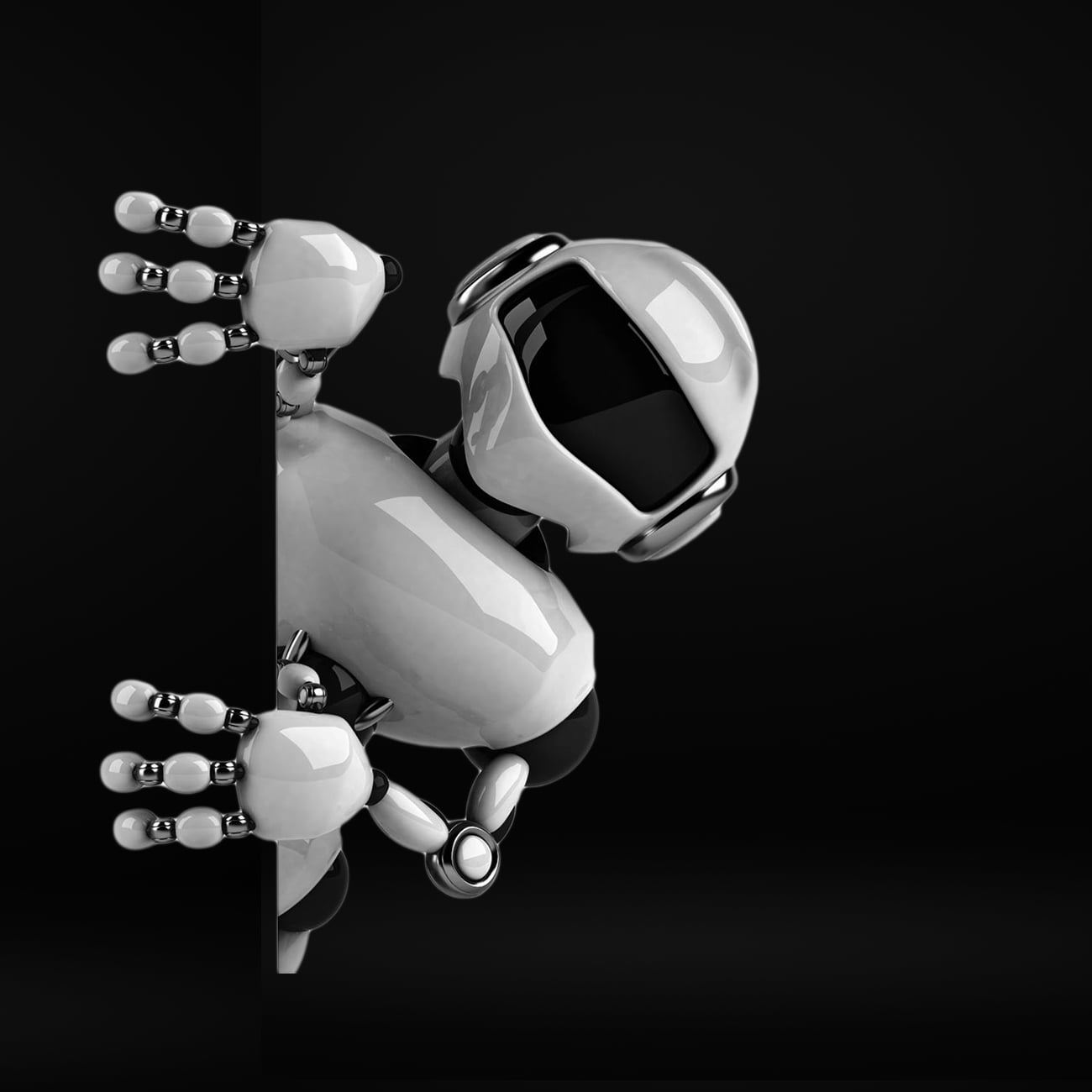-
Table of Contents
“Connecting the Future: IoRT – Where the Internet Meets Reality.”
The Internet of Robotic Things (IoRT) refers to the integration of robotics and the Internet of Things (IoT), enabling robots to connect, communicate, and collaborate with other devices and systems over the internet. This convergence enhances the capabilities of robots, allowing them to gather and analyze data in real-time, make autonomous decisions, and perform complex tasks in various environments. IoRT applications span multiple industries, including manufacturing, healthcare, logistics, and smart homes, driving efficiency, productivity, and innovation. By leveraging advanced technologies such as artificial intelligence, machine learning, and cloud computing, IoRT is poised to transform how we interact with machines and automate processes, ultimately reshaping the future of work and daily life.
Security Challenges in the Internet of Robotic Things
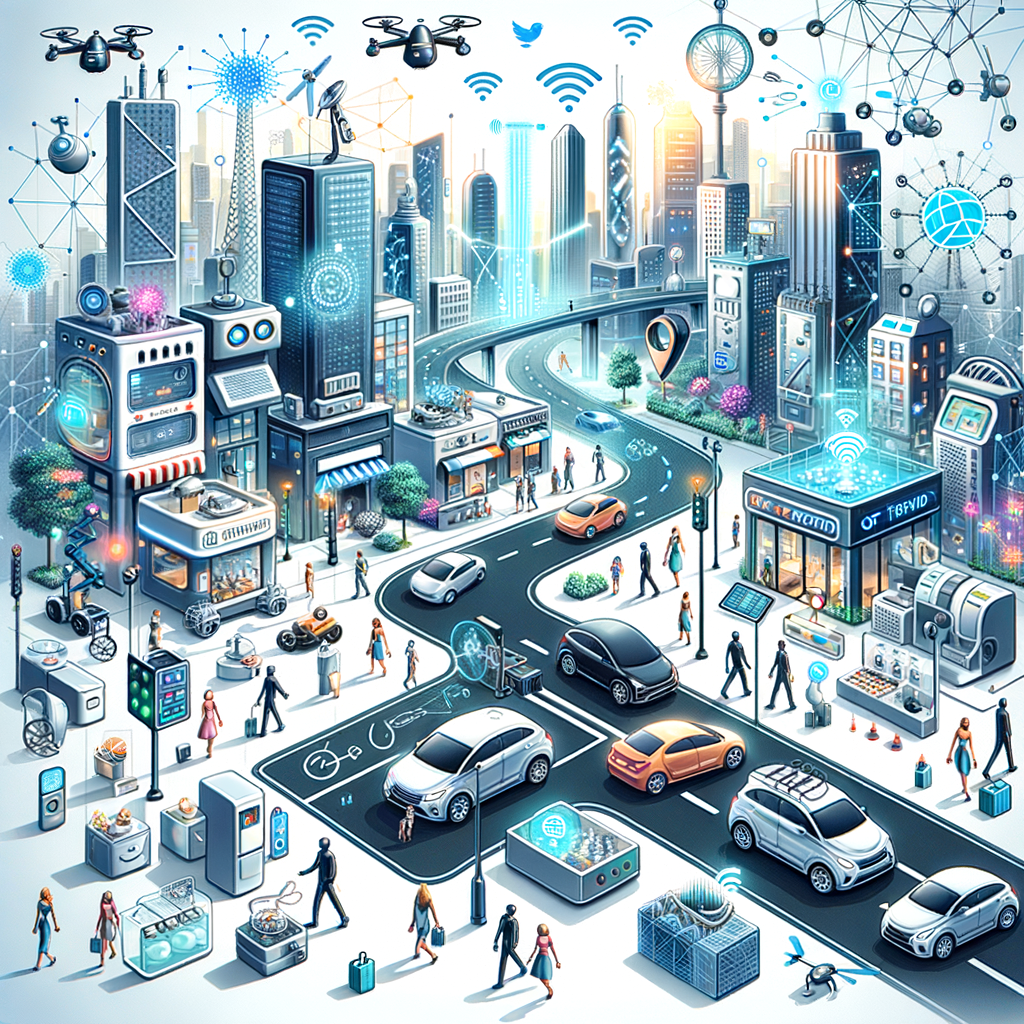
The Internet of Robotic Things (IoRT) represents a significant evolution in the integration of robotics and the Internet of Things (IoT), creating a network of interconnected devices that can communicate, analyze, and act autonomously. While this technological advancement offers numerous benefits, including increased efficiency and enhanced data collection, it also introduces a myriad of security challenges that must be addressed to ensure the safe and reliable operation of these systems. As organizations increasingly adopt IoRT solutions, understanding and mitigating these security risks becomes paramount.
One of the primary concerns in the IoRT landscape is the vulnerability of robotic systems to cyberattacks. As these devices become more interconnected, they also become more attractive targets for malicious actors. Cybersecurity threats can manifest in various forms, including unauthorized access, data breaches, and even the manipulation of robotic functions. For instance, if a hacker gains control of a robotic arm in a manufacturing facility, they could potentially disrupt production processes or cause physical harm to employees. This highlights the critical need for robust security measures that can protect against such intrusions.
Moreover, the sheer volume of data generated by IoRT devices poses another layer of security challenges. These devices continuously collect and transmit sensitive information, which can include operational data, user interactions, and even personal information. If this data is not adequately secured, it can be intercepted or exploited by cybercriminals. Consequently, organizations must implement stringent data encryption protocols and access controls to safeguard this information from unauthorized access. Additionally, regular audits and monitoring of data flows can help identify potential vulnerabilities before they can be exploited.
In addition to external threats, organizations must also consider the risks associated with internal actors. Insider threats can arise from employees or contractors who may intentionally or unintentionally compromise the security of IoRT systems. For example, an employee with access to sensitive robotic controls could inadvertently introduce malware or fail to follow security protocols, leading to significant vulnerabilities. To mitigate these risks, organizations should foster a culture of security awareness, providing training and resources to ensure that all personnel understand the importance of safeguarding IoRT systems.
Furthermore, the rapid pace of technological advancement in the IoRT space can outstrip the development of security measures. As new devices and applications are introduced, they may not be designed with security as a primary consideration. This can lead to a patchwork of security solutions that are inconsistent and ineffective. To address this challenge, organizations should adopt a proactive approach to security, incorporating best practices from the outset of the design and development process. By prioritizing security in the early stages, organizations can create more resilient IoRT systems that are better equipped to withstand potential threats.
Finally, collaboration among stakeholders is essential in addressing the security challenges associated with IoRT. Manufacturers, software developers, and end-users must work together to establish industry standards and best practices that promote security across the entire ecosystem. By sharing knowledge and resources, stakeholders can develop more comprehensive security frameworks that enhance the overall resilience of IoRT systems.
In conclusion, while the Internet of Robotic Things offers transformative potential for various industries, it also presents significant security challenges that must be navigated carefully. By understanding the vulnerabilities inherent in these systems and implementing robust security measures, organizations can harness the benefits of IoRT while minimizing the associated risks. As the landscape continues to evolve, ongoing vigilance and collaboration will be crucial in ensuring the safe and effective deployment of IoRT technologies.
The Future of IoRT in Smart Homes
The Internet of Robotic Things (IoRT) is poised to revolutionize the concept of smart homes, merging the capabilities of robotics with the connectivity of the Internet of Things (IoT). As technology continues to advance, the integration of intelligent robots into our living spaces is becoming increasingly feasible, promising to enhance convenience, security, and energy efficiency. This convergence of robotics and IoT is not merely a trend; it represents a fundamental shift in how we interact with our home environments.
To begin with, the future of IoRT in smart homes will likely be characterized by a seamless integration of various devices that communicate and collaborate to create a more efficient living space. Imagine a home where your robotic vacuum cleaner not only cleans your floors but also communicates with your smart thermostat to optimize energy usage based on the time of day and occupancy levels. This level of interconnectivity will not only streamline household tasks but also contribute to significant energy savings, aligning with the growing emphasis on sustainability.
Moreover, the role of IoRT in enhancing home security cannot be overstated. With the proliferation of smart cameras, door locks, and alarm systems, the potential for a fully automated security network is becoming a reality. Future smart homes will feature robots equipped with advanced sensors and artificial intelligence that can monitor for unusual activity, alert homeowners, and even interact with local law enforcement if necessary. This proactive approach to security will provide homeowners with peace of mind, knowing that their living spaces are being monitored by intelligent systems capable of responding to threats in real time.
In addition to security and energy efficiency, IoRT will also play a crucial role in improving the overall quality of life for residents. For instance, elderly individuals or those with disabilities will benefit immensely from robotic assistants that can perform daily tasks, such as fetching items, managing medication schedules, or even providing companionship. These robots will not only enhance independence but also allow family members to feel more secure about the well-being of their loved ones. As the population ages, the demand for such solutions will only increase, driving innovation in the IoRT space.
Furthermore, the integration of IoRT in smart homes will facilitate a more personalized living experience. With the help of machine learning algorithms, robots will be able to learn the preferences and habits of residents, adjusting their functions accordingly. For example, a robotic chef could prepare meals based on dietary preferences and nutritional needs, while a robotic gardener could tend to plants based on their specific care requirements. This level of customization will not only enhance comfort but also promote healthier lifestyles.
As we look to the future, it is essential to consider the challenges that may arise with the widespread adoption of IoRT in smart homes. Issues related to data privacy and cybersecurity will need to be addressed to ensure that homeowners feel secure in their use of these technologies. Additionally, the cost of implementing such advanced systems may pose a barrier for some consumers. However, as technology continues to evolve and become more accessible, it is likely that these challenges will be mitigated.
In conclusion, the future of IoRT in smart homes holds immense potential to transform our living environments into more efficient, secure, and personalized spaces. As we embrace this technological evolution, it is crucial for stakeholders in the industry to prioritize innovation while addressing the accompanying challenges. By doing so, we can create smart homes that not only enhance our daily lives but also contribute to a more sustainable and connected future.
IoRT: Revolutionizing Healthcare with Smart Devices
The Internet of Robotic Things (IoRT) is poised to revolutionize the healthcare sector by integrating smart devices that enhance patient care, streamline operations, and improve overall health outcomes. As the healthcare landscape continues to evolve, the convergence of robotics, artificial intelligence, and the Internet of Things (IoT) is creating unprecedented opportunities for innovation. This transformation is not merely a trend; it represents a fundamental shift in how healthcare is delivered and experienced.
At the heart of IoRT’s impact on healthcare is the ability to collect and analyze vast amounts of data in real time. Smart devices, equipped with sensors and connectivity features, can monitor patients’ vital signs, medication adherence, and even emotional well-being. For instance, wearable devices that track heart rates, blood pressure, and activity levels provide healthcare professionals with continuous insights into a patient’s condition. This data-driven approach enables timely interventions, reducing the likelihood of complications and hospital readmissions. Consequently, healthcare providers can offer more personalized care, tailoring treatment plans to individual needs based on real-time information.
Moreover, IoRT facilitates enhanced communication between patients and healthcare providers. Telehealth platforms, integrated with smart devices, allow for virtual consultations, enabling patients to receive care from the comfort of their homes. This is particularly beneficial for individuals with mobility issues or those living in remote areas. By bridging the gap between patients and providers, IoRT not only improves access to care but also fosters a more collaborative healthcare environment. Patients can engage more actively in their health management, leading to better adherence to treatment plans and improved health outcomes.
In addition to improving patient care, IoRT significantly enhances operational efficiency within healthcare organizations. Robotic process automation (RPA) can streamline administrative tasks, such as scheduling appointments, managing patient records, and processing billing. By automating these routine functions, healthcare staff can focus more on patient care rather than administrative burdens. Furthermore, smart devices can optimize resource allocation, ensuring that medical equipment and personnel are utilized effectively. This not only reduces costs but also enhances the overall patient experience by minimizing wait times and improving service delivery.
As IoRT continues to gain traction, it is essential to address the challenges that accompany this technological advancement. Data security and privacy are paramount concerns, as the integration of smart devices increases the risk of cyber threats. Healthcare organizations must implement robust cybersecurity measures to protect sensitive patient information while complying with regulations such as HIPAA. Additionally, the successful adoption of IoRT requires ongoing training for healthcare professionals to ensure they are equipped to leverage these technologies effectively.
Looking ahead, the potential of IoRT in healthcare is immense. As technology continues to advance, we can expect even more sophisticated applications, such as autonomous robots assisting in surgeries or AI-driven analytics predicting patient outcomes. These innovations will not only enhance the quality of care but also contribute to a more sustainable healthcare system by reducing costs and improving efficiency.
In conclusion, the Internet of Robotic Things is transforming healthcare by integrating smart devices that enhance patient care, streamline operations, and improve health outcomes. As the industry embraces this technological revolution, the focus must remain on harnessing the benefits while addressing the associated challenges. By doing so, healthcare organizations can create a future where technology and human compassion work hand in hand to deliver exceptional care.
Q&A
1. **What is IoRT?**
IoRT stands for the Internet of Robotic Things, which refers to the integration of robotics with the Internet of Things (IoT) to enable robots to communicate, share data, and perform tasks autonomously.
2. **What are the key benefits of IoRT?**
Key benefits of IoRT include enhanced automation, improved efficiency in operations, real-time data analysis, and the ability to perform complex tasks in dynamic environments.
3. **What industries are adopting IoRT technologies?**
Industries such as manufacturing, healthcare, logistics, agriculture, and smart cities are increasingly adopting IoRT technologies to optimize processes and improve service delivery.The Internet of Robotic Things (IoRT) represents a significant advancement in the integration of robotics and the Internet of Things (IoT), enabling enhanced automation, real-time data exchange, and improved decision-making across various industries. By leveraging interconnected robotic systems, IoRT facilitates increased efficiency, productivity, and safety in applications ranging from manufacturing to healthcare. As technology continues to evolve, the potential for IoRT to transform operations and create smarter environments will likely expand, driving innovation and reshaping the future of work and daily life.
